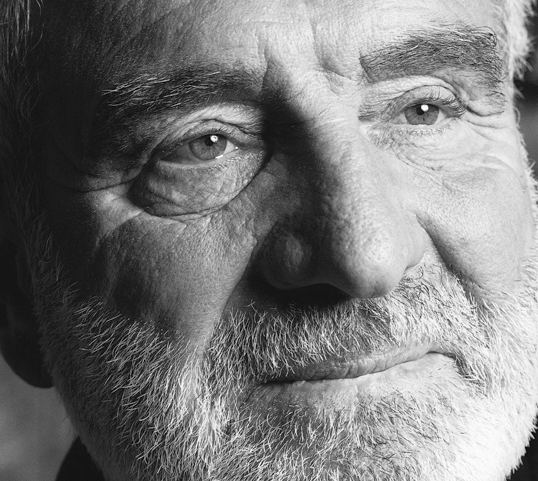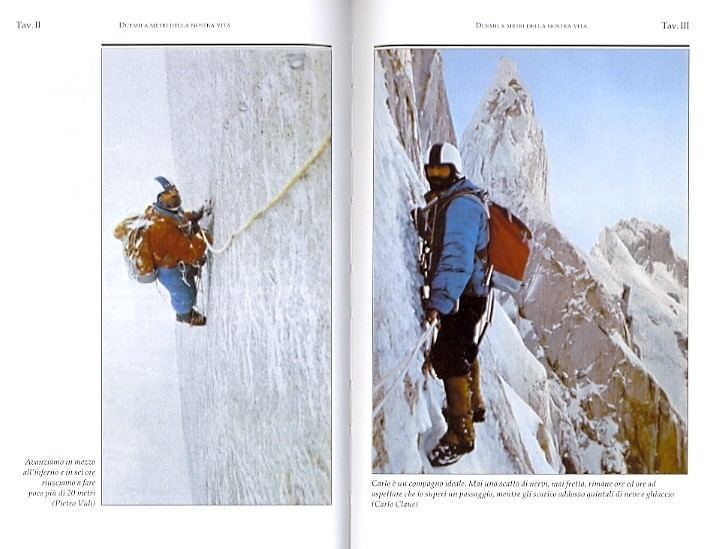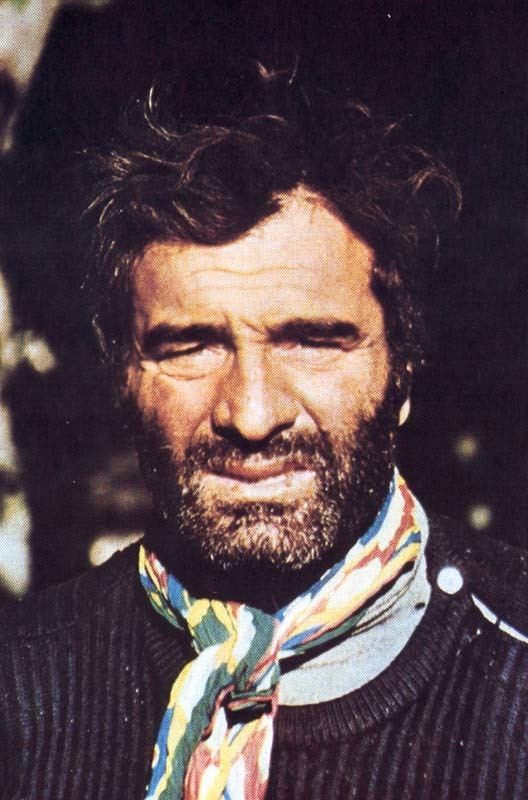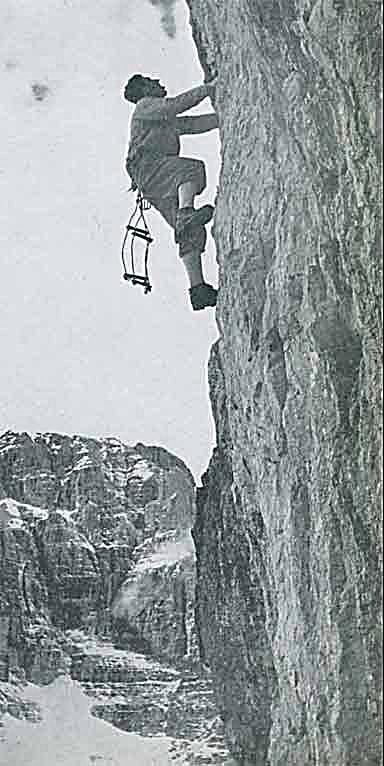Name Cesare Maestri | Role Mountaineer | |
 | ||
Similar People Toni Egger, Ermanno Salvaterra, Rolando Garibotti, David Lama, Casimiro Ferrari | ||
CESARE MAESTRI, IL RAGNO DELLE DOLOMITI DI MASSIMO MANFREGOLA
Cesare Maestri (born 2 October 1929) is an Italian mountaineer and writer.
He was born in Trento in the Italian province of Trentino. He began climbing in the Dolomites, where he repeated many famous routes, often climbing them solo and free, and put up many new routes of the hardest difficulty, for which he was nicknamed the "Spider of the Dolomites". He became an alpine guide in 1952. His notable solos include the Solleder route on the Civetta, the Solda-Conforto Route on the Marmolada, and the southwest ridge of the Matterhorn in winter.
In 1959, Maestri, together with Cesarino Fava and Austrian guide Toni Egger, travelled to Patagonia to attempt the north-east ridge of the unclimbed Cerro Torre. The three climbed up a steep corner below the Col of Conquest (between Cerro Torre and Torre Egger), then Fava turned back and Maestri and Egger headed for the summit. Six days later Fava found Maestri lying face down and almost buried in the snow. They returned to base camp and claimed that Maestri and Egger had reached the summit but Egger had been swept to his death by an avalanche as they were descending.

Skepticism toward Maestri's 1959 account mounted as it became evident how difficult the alleged route has been found to be even with the advances in technique made through the first decade of the next century. Among the doubters are many well-known alpinists including Carlo Mauri, who had failed to climb the mountain in 1958, and Reinhold Messner, and Ermanno Salvaterra, who had defended Maestri until making his own attempt on the route. The criticism was also taken up by British climber and writer Ken Wilson, editor of Mountain magazine. Besides citing the sheer difficulty of the climb, the critics point out that Maestri's description of his route is detailed and accurate up to the high point where Cesarino Fava turned back, but vague and impossible to trace on the mountain thereafter; and that bolts, pitons, fixed ropes and other equipment abandoned by the 1959 expedition is plentiful up to the col, but absent thereafter. Nevertheless, Maestri has consistently maintained his version of events, as did Fava, who died in April 2008.

In 1970, Maestri returned to Cerro Torre and climbed a new route on the south-east side of the mountain. Over two seasons he used a petrol-driven compressor, weighing approximately 135kg (300 pounds), and thousands of metres of fixed ropes to drill bolts into the rock, some 400 in all. The resulting route became known as the Compressor Route. Its namesake can still be found hanging on the face of Cerro Torre 100m below the summit. On this second endeavour, Maestri stopped short of the summit's "ice mushroom", which almost always covers the highest point.

The Compressor Route was immediately controversial. Hand bolting of short, un-protectable sections of rock has long been an accepted practice in mountaineering. However, the use of a compressor, the excessive number of bolts, and their placement near naturally protectable features was considered to be far from reasonable. Mountain magazine ran a story titled "Cerro Torre: A Mountain Desecrated", and the bolting of Cerro Torre prompted Messner to write the essay "The Murder of the Impossible"
Werner Herzog made the film Scream of Stone in 1991, a dramatised version of the various ascents of Cerro Torre made by Cesare Maestri.
On 16 January 2012 the climbers Hayden Kennedy and Jason Kruk made the first "fair-means" ascent of the south-east ridge of Cerro Torre. On their descent they chopped about 120 bolts from the "Compressor Route", with the effect of restoring most of the original challenge. Days later, on 21 January 2012 the climber David Lama made the first free ascent of the same ridge.
In 2015 Rolando Garibotti and Kelly Cordes wrote articles that show that a photo that Maestri claims was taken on Cerro Torre was actually taken on Perfil de Indio.
